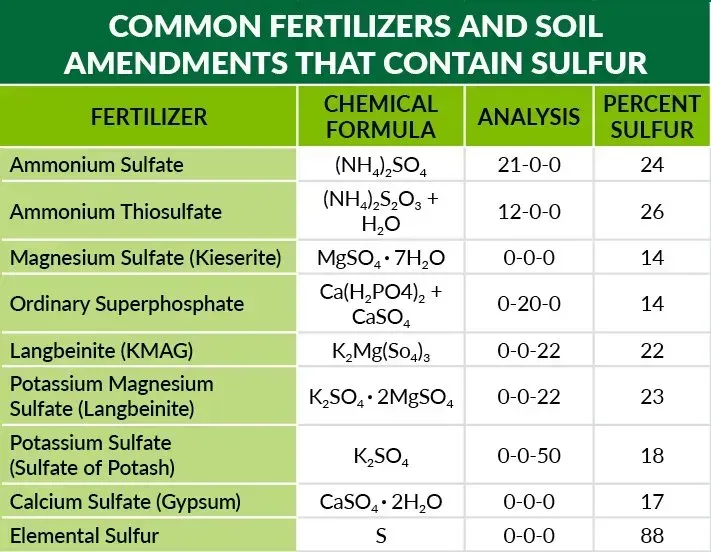SULFUR DEFICIENCIES IN TURF – WHAT TO LOOK FOR
Unfortunately, nitrogen and sulfur deficiency symptoms often mimic each other, so it can be difficult to discern the two. In general, turf suffering from a sulfur deficiency exhibits light-green/yellowing blades. Lack of sulfur may also result in decreased turf growth rate. Sandy soils tend to suffer from low-sulfur content more so than organic rich soils due to sulfur’s relatively high leaching potential. Because sulfur is immobile in plant tissues, once it becomes depleted in the soil, newly developing leaves are the first to show deficiency symptoms.
Of all the different forms of sulfur fertilizers and soil amendments available on the market, ammonium sulfate is by far the most popular. In addition to providing turf with a strong nitrogen component and helping to mitigate pH shifts, ammonium sulfate is used an adjuvant to increase the efficacy of herbicides, insecticides, and fungicides.












